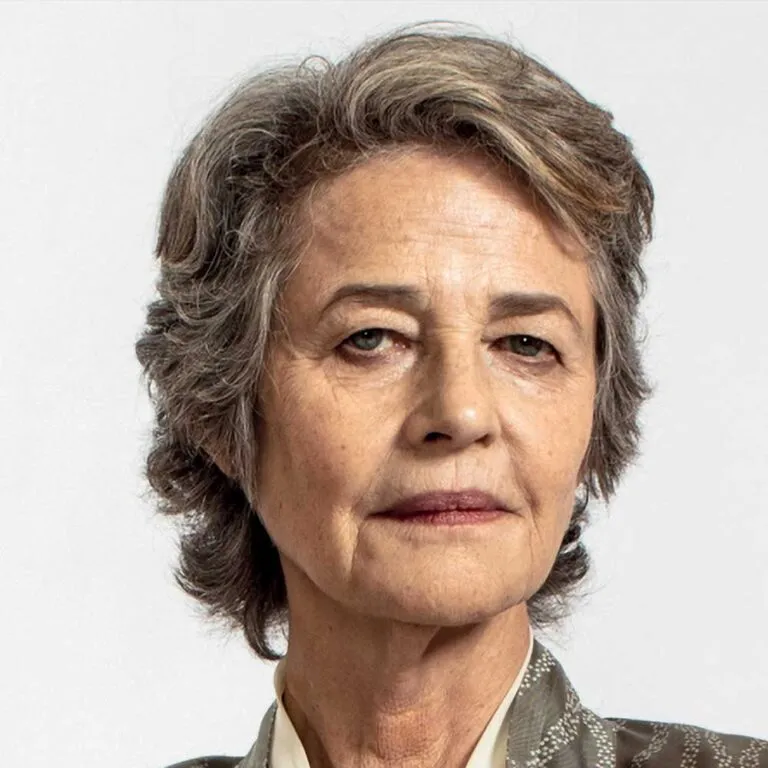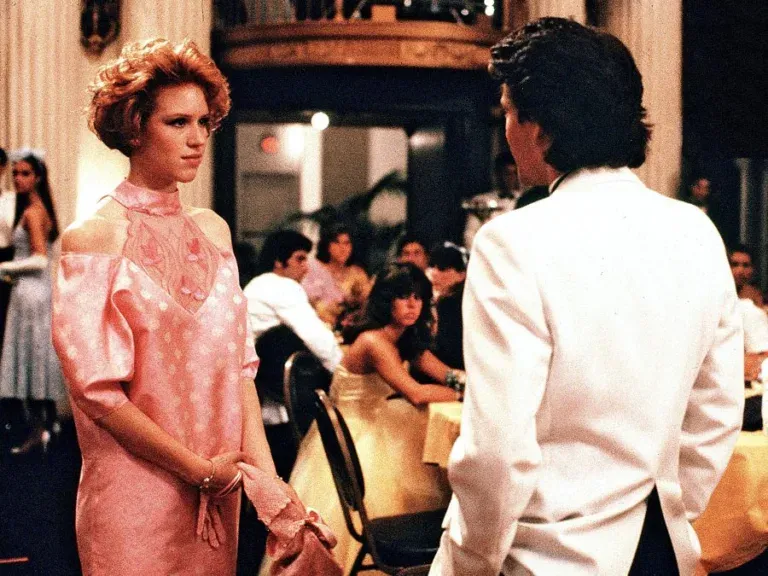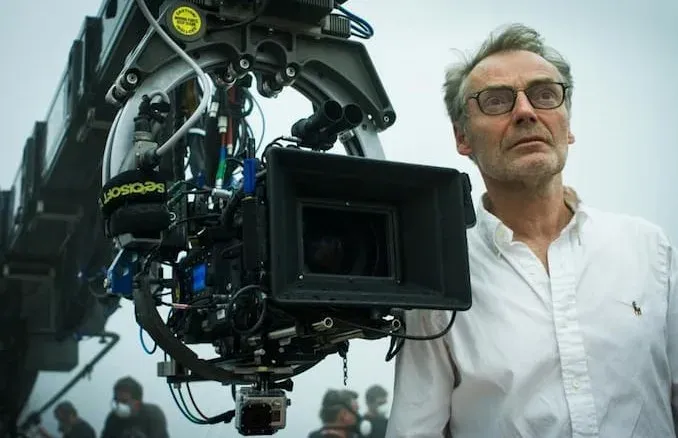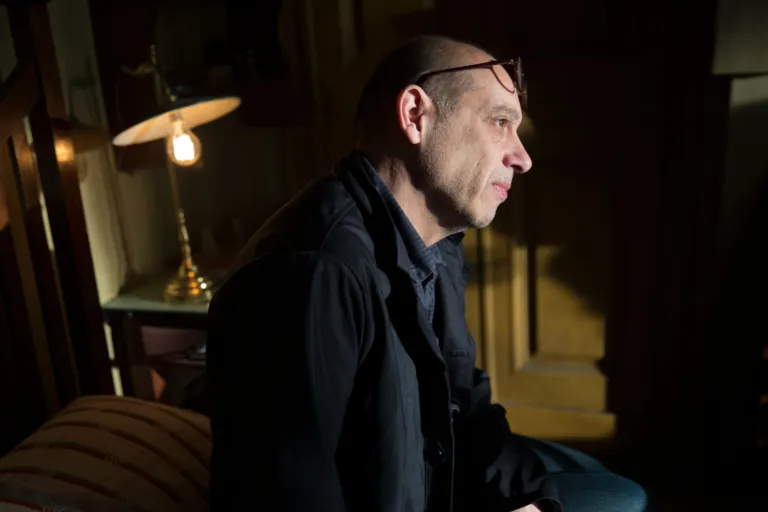The First Rule of Michael Kaplan is…
Michael Kaplan is one of the most renowned and influential costume designers in Hollywood, with a career spanning decades and embracing a wide range of film genres. Known for his ability to create costumes that not only dress the characters but also define the entire aesthetic of a film, Kaplan has worked with some of the greatest directors and on some of the most iconic productions in cinema history. Although his fame is primarily associated with science fiction, action, and thriller films, such as Blade Runner (1982) and the Star Wars series, Kaplan has also contributed to the horror genre, creating costumes that have left an indelible mark on the collective imagination.
The Early Years and Influence in Cinema
Born and raised in Philadelphia, Michael Kaplan began his career as a costume assistant but soon emerged as one of the most creative and original figures in the industry. His big break came in 1982 when he was chosen to work as the costume designer for Blade Runner, directed by Ridley Scott. The film, a masterpiece of neo-noir science fiction, redefined the genre with its futuristic and dystopian aesthetic. Kaplan’s costumes for Blade Runner helped create a unique visual world, blending retro elements with a futuristic aesthetic, influencing not only cinema but also fashion and popular culture.
Se7en (1995): The Aesthetic of Psychological Terror
One of the most significant films in Michael Kaplan’s career is Se7en (1995), directed by David Fincher. Although Se7en is not a traditional horror film but rather a psychological thriller, it contains many elements typical of horror, including a constant tension and a raw, frightening depiction of violence.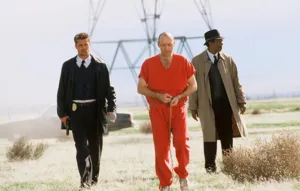
Kaplan created costumes that perfectly reflect the film’s dark and oppressive setting. The story follows detectives William Somerset (played by Morgan Freeman) and David Mills (played by Brad Pitt) as they investigate a series of murders based on the seven deadly sins. The costumes of the main characters are deliberately subdued and realistic, helping to root the story in a bleak, urban context. The use of dark colors, heavy fabrics, and worn clothing underscores the bleakness and moral decay of the city where the story takes place.
In Se7en, Kaplan demonstrates his skill in creating costumes that do not distract from the unfolding plot but, rather, enhance the narrative. His costumes for minor characters, such as the victims and the killer, are designed to accentuate the sense of horror and discomfort, contributing to the claustrophobic and terrifying atmosphere that has made Se7en a classic of cinema.
Armageddon (1998) and Apocalyptic Horror
Although Armageddon (1998) is an action and science fiction film directed by Michael Bay, it features elements that bring it closer to apocalyptic horror. The film, which tells the story of a team of astronauts trying to save Earth from a colliding asteroid, is filled with moments of tension and terror, amplified by the idea of imminent global catastrophe.
Kaplan worked to create costumes that were not only functional but also emphasized the characters’ anguish. The space suits, for example, were designed to appear realistic and technically accurate but also to convey a sense of vulnerability and extreme risk. The suits worn by the main characters, played by Bruce Willis, Ben Affleck, and other cast members, were made with materials that reflect light in a particular way, heightening the sense of isolation and danger characterizing the scenes set in space. Although Armageddon is not horror in the traditional sense, Kaplan’s costumes contribute to creating an atmosphere of tension and terror that is central to the film’s visual experience.
 Fight Club (1999): A Psychological and Subversive Horror
Fight Club (1999): A Psychological and Subversive Horror
Another key collaboration between Michael Kaplan and David Fincher is Fight Club (1999), a film that, while classified as a psychological drama, contains many typical horror elements, particularly regarding the depiction of the human psyche and violence.
The costumes in Fight Club play a crucial role in narrating the protagonist’s descent into madness, played by Edward Norton, and his relationship with the charismatic but dangerous Tyler Durden, played by Brad Pitt. The contrast between the minimalist and anonymous style of the Narrator and Tyler’s more eccentric and rebellious look underscores the duality between order and chaos, a central theme of the film.
Tyler Durden, in particular, has become a style icon with his bold and extravagant wardrobe, which includes red leather jackets, floral shirts, and vintage sunglasses. These costumes not only reflect Tyler’s rebellious and anarchic personality but also serve to highlight the subversive nature of the film. Kaplan used costumes to explore the characters’ identities and psyches, making Fight Club a film that, while not a conventional horror, conveys a sense of unease and constant threat.
Star Trek (2009) and the Aesthetic of Sci-Fi Horror
In 2009, Michael Kaplan worked as the costume designer for the Star Trek reboot directed by J.J. Abrams. Although Star Trek is primarily a science fiction film, it presents horror elements, especially in sequences involving alien creatures and unsettling space scenarios.
Kaplan skillfully balanced homage to the iconic costumes of the original series with a more modern and realistic approach. The Starfleet uniforms were redesigned with a more contemporary look, using technological fabrics and details that make the costumes functional yet aesthetically appealing. Furthermore, for the alien creatures and antagonists of the film, Kaplan created costumes that emphasize the monstrous and unknown aspects of space, contributing to building the atmosphere of tension and danger that permeates some of the film’s most intense scenes.
The Cloverfield Paradox (2018): Horror and Sci-Fi in Orbit
One of the more recent examples of Michael Kaplan’s work in the horror genre is The Cloverfield Paradox (2018), a film that blends horror and science fiction and is part of the Cloverfield film series. Set in the near future, the film follows the crew of a space station facing inexplicable and terrifying events after a failed scientific experiment.
The costumes in The Cloverfield Paradox are designed to reflect the growing tension and claustrophobic nature of the space environment. Kaplan created space suits and outfits that combine functionality with a disturbing aesthetic, using colors and materials that emphasize a sense of isolation and danger. The space suits, in particular, were designed to appear realistic and technically accurate, but with details that suggest a sense of vulnerability, as if they were the last line of defense between the characters and the unknown chaos surrounding them.
Kaplan’s contribution to The Cloverfield Paradox demonstrates once again his ability to work in the horror genre, creating costumes that not only dress the characters but are integral to building narrative tension.
 The Impact of Michael Kaplan on Horror Cinema
The Impact of Michael Kaplan on Horror Cinema
Although Michael Kaplan is not exclusively known as a costume designer for horror films, his work in this genre has had a significant impact, thanks to his ability to use costume as a tool to build atmospheres and explore the characters’ psyches. In the horror and thriller films he has worked on, Kaplan has shown incredible skill in creating costumes that not only serve the narrative but contribute to creating a sense of terror, discomfort, and tension.
His detailed and innovative approach has allowed films such as Se7en, Fight Club, and The Cloverfield Paradox to become not only commercial successes but also influential works in the landscape of horror and thriller cinema. Michael Kaplan remains one of the most versatile and talented costume designers in Hollywood, capable of moving effortlessly from one genre to another while always leaving an indelible mark on the style and aesthetics of the films he participates in.
Don’t forget to check out articles on other costume designers who have helped horror cinema scare us… they not only improved the films they worked on but also elevated the horror genre to new artistic heights. Their costumes are not just clothes but narrative tools that amplify suspense, express complex themes, and enrich the viewer’s visual experience.
 Subscribe to our YouTube channel
Subscribe to our YouTube channel

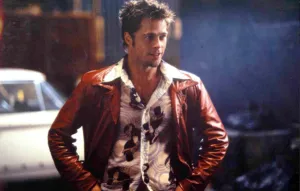 Fight Club (1999): A Psychological and Subversive Horror
Fight Club (1999): A Psychological and Subversive Horror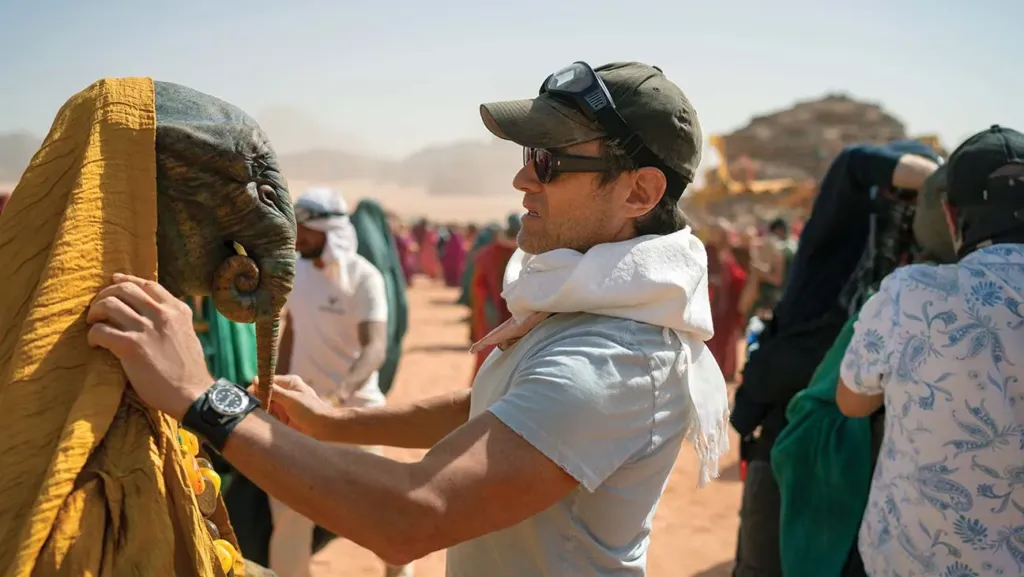 The Impact of Michael Kaplan on Horror Cinema
The Impact of Michael Kaplan on Horror Cinema